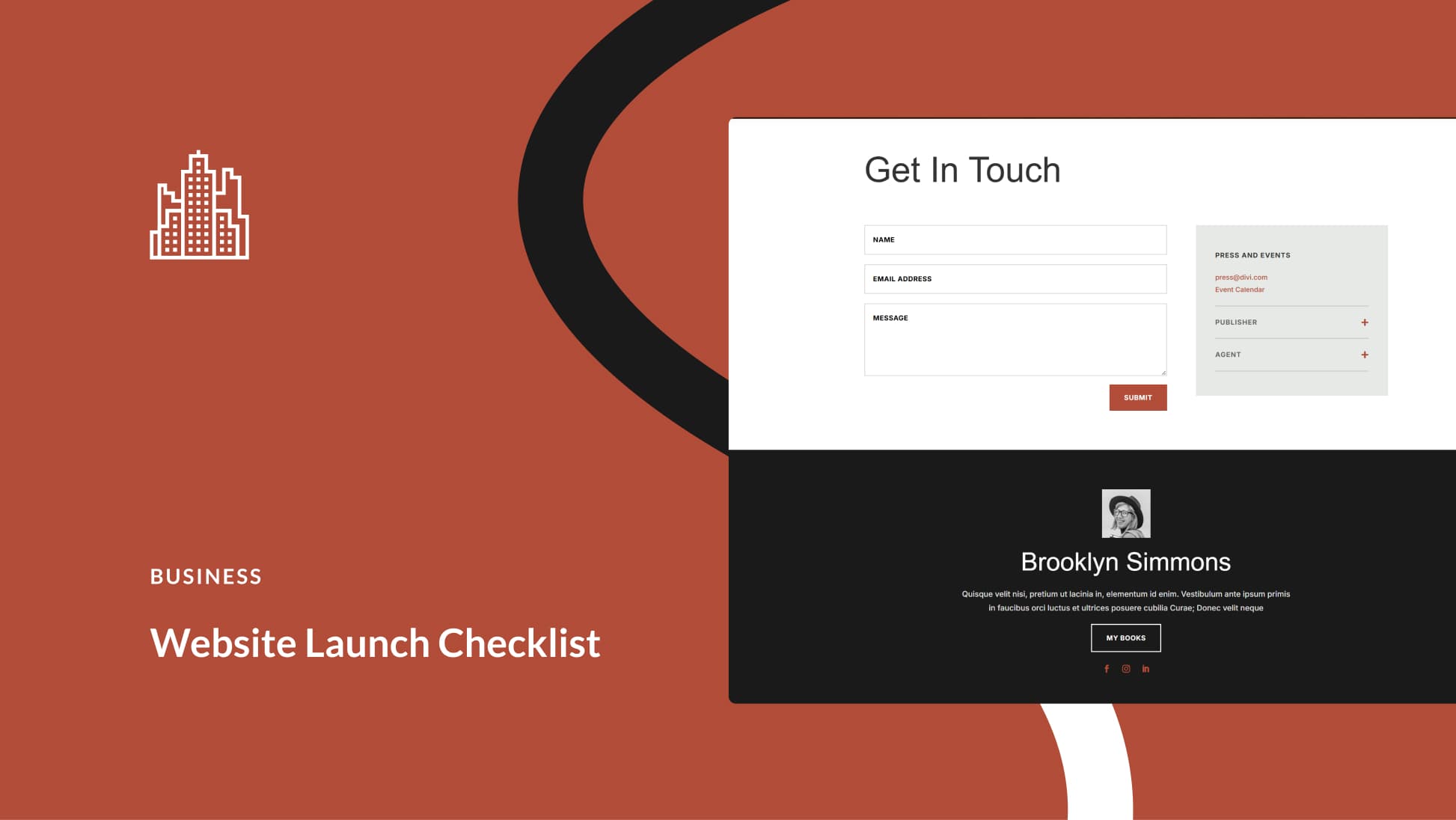No matter how much they love their job, work culture and coworkers, employees don’t want to be subjected to embarrassing or lame icebreaker games or team building exercises. Even thinking that a game of charades could be waiting is enough to make some people call in sick if they know a meeting is on that day’s schedule. Icebreakers don’t have to be panic-inducing, though. They don’t have to be boring or evoke eye-rolls, either.
- 1 What’s the Point of Icebreaker Games and Team Building Exercises?
-
2
12 Icebreaker Games and Team Building Exercises Your Employees Will Actually Enjoy
- 2.1 1. Extremes Game
- 2.2 2. Marshmallow Challenge
- 2.3 3. Movie Pitch Team Building Exercises
- 2.4 4. Scavenger Hunt Icebreaker Games
- 2.5 5. Swag Swap
- 2.6 6. This is Better Than That
- 2.7 7. Two Truths and a Lie
- 2.8 8. Who is It?
- 2.9 9. Who’s My Match?
- 2.10 10. Would You Rather?
- 2.11 11. Zip Zap Zop
- 2.12 12. QuizBreaker – Icebreaker Games for Remote Teams
- 3 Final Thoughts About Icebreaker Games and Team Building Exercises
What’s the Point of Icebreaker Games and Team Building Exercises?
Team building shouldn’t mean shining a spotlight on people who are uncomfortable being the center of attention. Instead, your goal is to strengthen bonds between coworkers, get people comfortable around one another, stimulate brainstorming and show everyone that they’re an appreciated part of the team.
Icebreaker games can be played at the start of a meeting to get everyone warmed up or at the end of an intense or long meeting to lighten the mood. You can also play icebreakers at company retreats, especially if different departments come together or you’re gathering remote workers who rarely get the chance to interact in person.
12 Icebreaker Games and Team Building Exercises Your Employees Will Actually Enjoy
Here are 12 icebreaker games and team building exercises your employees won’t hate – they may even crack a smile or laugh a bit. These exercises range from getting-to-know-you exercises to lighthearted, nothing-but-fun games. Some require advanced preparation, while others can be done with practically nothing.
1. Extremes Game
The Extremes Game asks employees to choose between two things – two foods, two sports, two vacation spots, etc. – and line up accordingly. Icebreaker games like this mean you can learn a lot about the people you work with in just 15 minutes, and coworkers will discover similarities they didn’t know they had.
- “Draw” an imaginary straight line in the room. There should be enough space for everyone to stand somewhere along the line or at least group together at the ends.
- On the left is one extreme; on the right is the other.
- Ask [blank] or [blank] questions, like, “Coffee or tea?” or “Disney or Universal?” Point to the side where they should stand based on their choice.
For people with no preference, they can stand in the middle. Also, feel free to make the questions a bit deeper, so long as you don’t venture into “this is going to turn into a fight” territory. For example, asking people who they voted for in the last election may not be the best idea.
2. Marshmallow Challenge
The Marshmallow Challenge emerged as a team building exercise in this TED talk. Here’s how to do it:
- Divide the team into groups of four. (It’s fine if one group has three people – don’t stress over the small details.)
- Each group gets 20 sticks of raw spaghetti, one yard of tape, one yard of string and one marshmallow.
- Each group is asked to build the tallest structure possible, and the marshmallow has to be on the top.
Employees will have to brainstorm and work together to come up with the sturdiest and tallest structure, and they’ll have to course-correct if their first attempt fails. Plus, by observing the teams, you’ll get an idea for who’s ultra-competitive, who works well with others, who has trouble coming out of their shell, etc.
3. Movie Pitch Team Building Exercises
Icebreaker games that are best for creative or sales teams involve coming up with ideas and presenting them to a group. Movie Pitch is exactly that type of game.
- Split everyone up into small teams of 3-5 people.
- Set a timer for 10-15 minutes.
- Ask everyone to come up with a pitch for a movie they want made – aside from NSFW content, anything goes.
- Have each group pitch to the other attendees.
- Once everyone has pitched, have each group vote on a winner (a group can’t vote for themselves).
- Provide the winning team with “funding” for their movie project, i.e., Jiffy Pop to take home or gift cards to the movie theater.
4. Scavenger Hunt Icebreaker Games
Scavenger hunts take a lot of time to plan and organize, but they can be a ton of fun. Plus, you can hold a scavenger hunt wherever you want, whether that’s in your office building or across an entire city. The types of clues and challenges you choose will depend on the purpose of the scavenger hunt. Here are the basic steps:
- Come up with a goal or theme. For example, you can create a scavenger hunt for new hires to help them get comfortable with one another and learn where different things are in the office. Or, you can have a just-for-fun scavenger hunt during a weekend retreat.
- Create a list of items to be found or challenges to complete. There are a ton of ideas in this article to get you started.
- Split the team into small groups.
- Give each group a list of the items to find or challenges to finish.
- The winning team is the one that correctly completes the scavenger hunt first. You can give them a prize, like a gift card or permission to leave work an hour early one day.
5. Swag Swap
Icebreaker games are extra fun when they come with free gifts. Break the ice and treat your employees to swag with a Swag Swap. Here’s how to arrange and run it:
- Order enough swag so that each person at the meeting or retreat will end up with a prize. The swag should range in monetary value. Since you can have everything from water bottles to portable chargers to yoga mats branded, it should be easy to order items.
- Put all the swag into one huge box or wrap each item individually – you shouldn’t be able to tell what the items are.
- Assign everyone a number (1, 2, 3…X). The number will indicate the order that employees will choose their swag.
- Ask the first person to choose their swag. Have them open it and reveal it to the group.
- When it’s the next person’s turn, they can either steal an item from someone else or open a new one. If they steal, the person who lost their item can either steal or open a new one. Each person can only steal once.
- Continue the game until all of the items are taken, and let your employees keep the swag they end up with.
Bonus: You can see which swag items people like the most based on their reactions and steals, and you can then order more of them to maximize your swag-related marketing efforts.
6. This is Better Than That
This icebreaker exercise is well-suited for marketing and sales teams that are used to coming up with pitches, but it can also work for any of your employees. Here’s how to play:
- Bring seven items into one room. The items can be from home or the office, but they should all be very different from one another and a bit unique. For example, instead of something basic like a chair or pen, bring a bottle of vitamins or a phone charger. You can ask your employees to gather the items or you can bring them in yourself.
- Line the items up so that they’re viewable by everyone.
- Split your employees into smaller teams.
- Tell each team that they have to choose one item to bring to a deserted island and that this is the only item they’ll have, aside from natural elements you’d expect to find on an island.
- Give the teams time to deliberate.
- Ask each team to talk about the item they chose and why they chose it.
7. Two Truths and a Lie
Two Truths and a Lie is an easy get-to-know-you game to play with any amount of people. It encourages people to share interesting facts with one another, uncovers similarities people may have and opens up spirited conversations. Each person takes a turn to say two truths and a lie, and everyone else has to guess which one is the lie. For example:
- I share my birthday with two of my cousins.
- I went to a circus and the elephant ran into the stands.
- I won a singing competition when I was six.
(The last one is the lie, if you’re curious.)
Make sure you give your employees time to prepare. It’s nerve-wracking to think up everything in under a minute, so tell them a day or an hour before the session so they can brainstorm. Icebreaker games shouldn’t put people on the spot and make them nervous from the get-go.
8. Who is It?
This one is similar to Two Truths and a Lie because everyone has to come up with an interesting or unexpected fact about themselves.
- Each person writes their fact on a slip of paper and puts it into a basket or hat.
- One person acts as the group leader and reads the facts out loud.
- The team tries to guess who each fact is about. If nobody guesses correctly, the person can reveal that it’s their fact.
- Hold a brief Q&A session so everyone can ask the person more about their fact.
Again, give them time to brainstorm so they can come up with unique tidbits.
9. Who’s My Match?
Play the Who’s My Match? game at a casual work get-together, like an off-site retreat or an after-hours gathering. The goal is to have people find their fictional match by talking to others.
- Brainstorm famous matches that everyone will know, like Prince Harry and Meghan Markle or Batman and Robin. Matches don’t have to be real or fictional people, either. They can be Lady and the Tramp, a pair of socks or peanut butter and jelly, for example.
- If you have an odd number of people, create a group of three, like the Kardashian sisters or a three piece suit.
- Make name tags for each person with their role.
- As people arrive at the gathering, give them each a nametag at random. Tell them to keep the nametag to themselves – nobody else should see it.
- Have people mingle with one another and talk about their identity without revealing it. For example, if you have two people as a pair of socks, one could say, “I’m looking for my match. He may have gotten lost in the dryer.” People can also ask one another about their identity, but in a way that’s indirect. For example, you can’t say, “Are you Batman?” but you can say, “Do you drive an awesome car and sometimes wear a black suit?”
- As players find their match, they can wear their nametags to narrow down choices for the remaining players.
10. Would You Rather?
Would You Rather? is a classic game that’s played by all age groups, and – with the right, suitable-for-work questions – it can be a fun icebreaker with your team. Plus, some questions can open up deeper conversations. Ask questions like:
- Would you rather be covered in fur or covered in scales?
- Would you rather live the rest of your life on a sailboat or in an RV?
- Would you rather be a character in the last movie you saw or the last book you read?
Instead of making people come up with Would You Rather? questions, write several out ahead of time. One person can read the questions and then each person can answer. Or, if you’re with a big group, have people raise their hands based on their choice.
Also, make sure you know your audience when deciding which questions to include. If you’re on the fence about whether a question could be misconstrued or considered insensitive, skip it. You can find a big list of Would You Rather? questions here.
11. Zip Zap Zop
Zip Zap Zop is super easy and puts very little pressure on participants. It can get silly, though, which loosens everyone up. The rules couldn’t be easier, and no preparation is required, other than explaining how the game is played. For this one, you’ll want a group of 10 or more people.
- Ask everyone to stand in a circle.
- Player one claps their hands, says, “Zip,” and then points at any other player.
- The player who was pointed at has to immediately clap their hands, say, “Zap,” and point at someone else. The quicker, the better – playing this game fast is what makes it challenging and fun.
- This is repeated so that each person who’s pointed at claps, says whichever word is next in the zip-zap-zop sequence and points at someone else.
- When a player hesitates or says the wrong word, they get one strike.
- When a player gets three strikes, they lose and that round is over.
You can decide what it means when a person loses. For example, that person can leave the game, and then the next round can continue with the remaining players, and you can do that until you get down to two players. As more people leave the game, you can direct them toward another icebreaker. Alternatively, when one person gets three strikes, you can start a new round with everyone still participating and choose a new set of words for the sequence.
12. QuizBreaker – Icebreaker Games for Remote Teams
QuizBreaker is a fun, get-to-know-you game for remote teams. After signing up, each team member will answer lighthearted questions like, “Who’s your favorite character from a movie or book?” Then, everyone on the team sees the answers to the questions and tries to pair the answers with team members.
Final Thoughts About Icebreaker Games and Team Building Exercises
It’s reasonable to expect employees to break out of their shells during icebreaker games or team building exercises, but they shouldn’t have to perform or do something that makes them feel uncomfortable or ill-equipped. Some icebreakers ask that people remove a shoe, act out each letter of their name or draw a self-portrait – those are quick ways alienate the employees who are on the reserved side, which is the opposite of what you want to do during an icebreaker.
Icebreakers can help new employees meet their coworkers and experience the workplace culture, and team building exercises can strengthen bonds between familiar coworkers while giving them a break from the grind. As you learn more about your employees and are able to gauge their comfort levels, you can try out other get-to-know-you games that ask for a bit more, like on-the-spot drawing, acting or storytelling.
You may also want to check out our article with Conversation Starters and Ice Breakers for Business Meetings, Conferences and More.
Featured Image via Leremy / shutterstock.com









You realize we are supposed to be practicing physical distancing, as a result of the COVID-19 pandemic, right?
Of course! These games are for when everyone can return to work as normal – and in the meantime, since a lot of companies are connecting via video chat, some of these games can be played that way, too.
I was thinking the same thing – at first, I expected this to be virtual icebreakers and was quite confused when I started reading it. Let’s hope this was just a forgotten scheduled post…
Do we get to eat the marshmallows all our fellow employees played with using their unwashed hands? 🙂